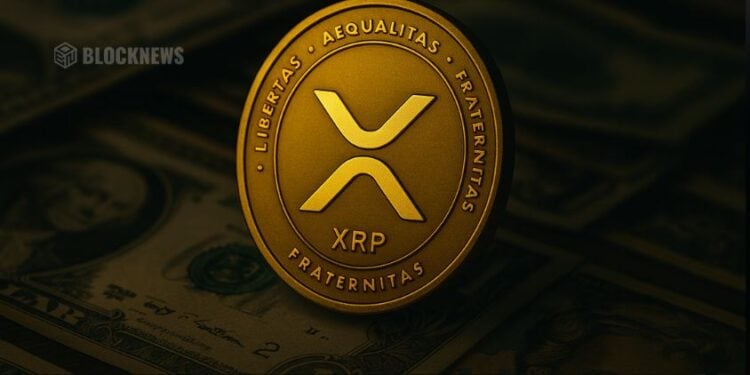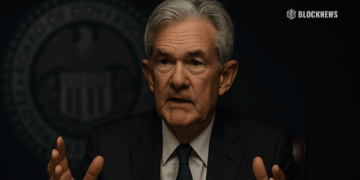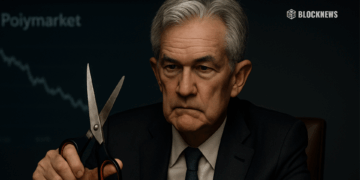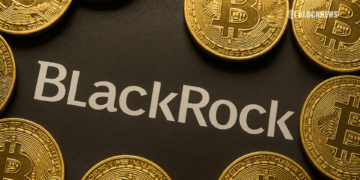- The DEA seized $54.7 million in digital assets, including $7.8 million in XRP now held by the U.S. government.
- Most seized XRP will likely be auctioned or liquidated, potentially affecting market sentiment and liquidity.
- The case highlights XRP’s dual use in both legitimate finance and illicit activity, reflecting crypto’s deeper ties to law enforcement.
The U.S. government has quietly become one of the world’s most unexpected XRP holders. Following a recent seizure by the Drug Enforcement Administration (DEA), authorities now control about $7.8 million worth of XRP — part of a broader $54.7 million digital asset confiscation tied to ongoing criminal investigations. The move highlights just how entangled cryptocurrencies have become in both law enforcement and the broader financial system.
Inside the DEA’s Latest Seizure
According to details shared by Abdullah Nassif, host of the Good Morning Crypto podcast, the DEA’s latest operation resulted in a substantial haul of digital assets — and XRP made up a notable chunk. While the agency hasn’t publicly confirmed every detail, this figure aligns with other recent crypto seizures filed by the Department of Justice. It’s part of a growing pattern: U.S. agencies are getting faster and more effective at tracing, freezing, and reclaiming digital assets linked to criminal activity.
Most seized cryptocurrencies, including XRP, are eventually transferred to the U.S. Marshals Service. From there, they’re usually auctioned off or liquidated, a process that can subtly ripple through the market. For coins like XRP, such government-controlled holdings can influence short-term liquidity and even investor sentiment — depending on when and how they’re sold.

XRP’s Complicated Role in the System
XRP’s inclusion in federal seizure reports is both unsurprising and revealing. The token plays a dual role in the global crypto ecosystem — it’s widely used for legitimate cross-border payments but also occasionally turns up in illicit transactions. Its presence in government-held portfolios underscores that complexity. Despite the small scale of this particular seizure compared to XRP’s total supply, it represents a growing reality: even regulated digital assets are not immune from misuse.
A Glimpse Into the Future of Crypto Enforcement
This latest seizure fits into a much bigger story about the evolving relationship between crypto and the U.S. government. As more agencies build the tools and partnerships needed to track blockchain activity, federal custody of seized crypto is becoming a regular occurrence. Whether these assets end up being held, auctioned, or reinvested into public programs, one thing’s clear — crypto is no longer a fringe element in law enforcement. It’s now part of the system itself.














